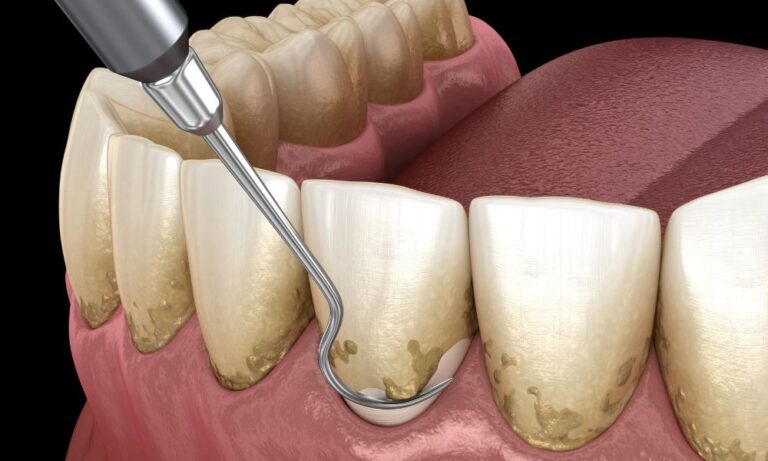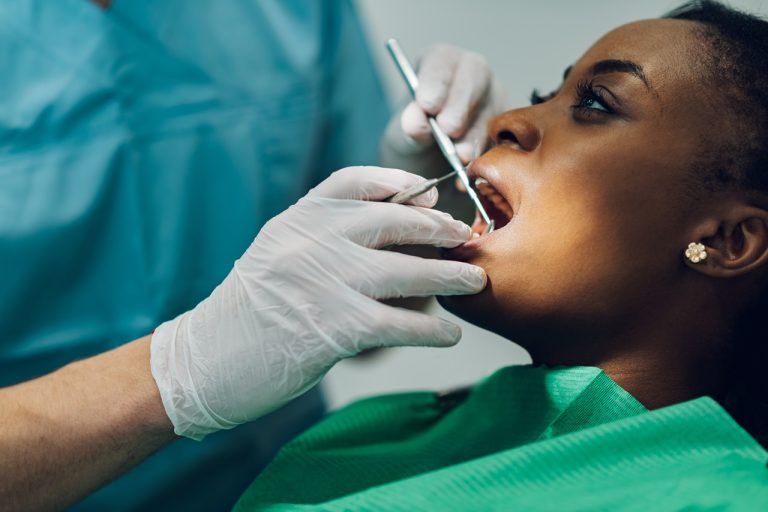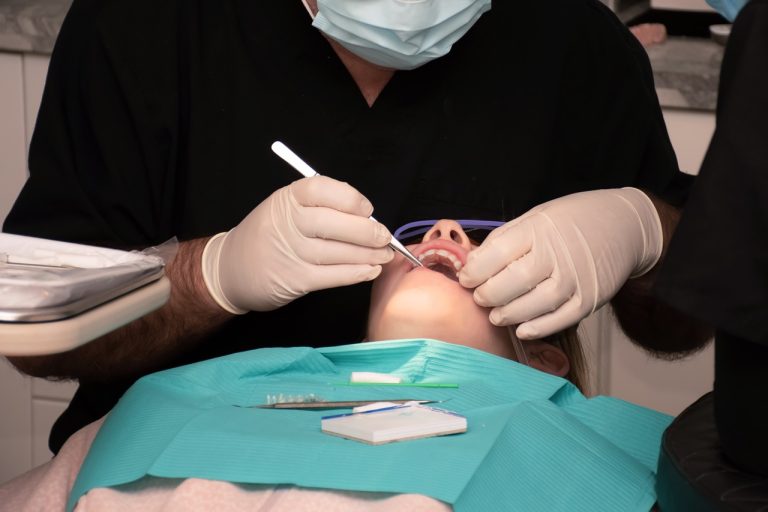Keeping your gums healthy is just as important as taking care of your teeth. Many people focus on brushing and flossing, but they often overlook the health of their gums. Gums are the foundation of your oral health. Ignoring gum problems can lead to serious and painful conditions that could have been easily prevented.
Understanding the early signs of gum trouble can make a big difference. Gum disease often starts quietly with subtle symptoms that are easy to miss. By the time the signs become obvious, the disease might already be advanced. Learning to spot these early signs can help you take action before the problem gets worse.
This article will help you recognize early warning signs, understand unusual symptoms that shouldn’t be ignored, and learn preventive measures to protect your gums. Knowing when to seek professional help is crucial for maintaining long-term gum health. Taking a proactive approach can save you from discomfort and more intensive treatments down the road.
Early Warning Signs of Gum Disease
Spotting gum disease early can help prevent more serious problems down the road. One of the first signs is bleeding gums. If you notice blood when you brush or floss, it could be a sign of gingivitis, the earliest stage of gum disease. Healthy gums should not bleed easily, so pay attention to this symptom.
Swollen or red gums are also early warning signs. Gums should be firm and pink. If they start to look puffy or red, it means they are inflamed. This inflammation is often due to plaque buildup on your teeth and along the gum line. Removing this plaque with good oral hygiene can help reduce the inflammation.
Persistent bad breath is another red flag. While everyone has bad breath occasionally, constant bad breath might indicate an underlying gum problem. Bacteria trapped in pockets between your teeth and gums can cause a bad odor that doesn’t go away with brushing. If you notice bad breath often, it’s time to check your gums for other signs of trouble.
Unusual Symptoms You Shouldn’t Ignore
Some gum disease symptoms aren’t as well-known but should still be taken seriously. For instance, if your gums start to recede or pull back from your teeth, this could signal a more advanced stage of gum disease. Receding gums expose the roots of your teeth, making them more sensitive and prone to decay.
Loose or shifting teeth are another symptom that shouldn’t be ignored. Healthy gums hold your teeth firmly in place. If you start to feel a tooth move or notice changes in your bite, it could mean the supporting bone and tissue are being damaged by gum disease.
Pus between your teeth and gums is a severe sign of infection. This condition is called an abscess and can be very painful. Pus is a clear indication that your gums are fighting off a bacterial infection, which requires immediate medical attention.
Recognizing these unusual symptoms can help you seek prompt treatment and prevent further damage to your oral health. Always pay attention to changes in your mouth and consult a dentist if something doesn’t seem right.
Preventive Measures to Protect Your Gums
Taking care of your gums is essential to prevent gum disease. One of the best ways to protect your gums is by maintaining good oral hygiene. Make it a habit to brush your teeth at least twice a day using a soft-bristled toothbrush and fluoride toothpaste. Be sure to brush along the gum line to remove any plaque that can cause gum problems.
Flossing daily is another crucial step. Flossing helps remove food particles and plaque that your toothbrush can’t reach. Be gentle to avoid irritating your gums and make sure to floss all the way down to the gum line. If traditional flossing is challenging, consider using a water flosser.
Regular dental check-ups are key. Visiting your dentist every six months for a professional cleaning and examination can catch any early signs of gum trouble. Your dentist can remove plaque and tartar that you might miss at home and offer personalized advice for maintaining healthy gums.
When to Seek Professional Help
Knowing when to seek professional help is just as important as recognizing the symptoms. If you notice persistent gum problems despite good oral hygiene, it’s time to visit your dentist. Bleeding, swelling, or receding gums that don’t improve with better care are strong indicators that you need professional treatment.
If you experience severe symptoms like loose teeth, pus between your gums, or persistent bad breath, seek immediate help. These symptoms can indicate advanced gum disease, which requires prompt attention to avoid tooth loss and other serious complications.
Don’t wait for symptoms to worsen. Early intervention can save your gums and teeth from extensive damage. If you’re ever in doubt, it’s always better to get a professional opinion. Remember, preventive care and early treatment are key to maintaining long-term gum health.
Conclusion
Spotting signs of gum trouble early can make all the difference in maintaining a healthy mouth. By learning to recognize early warning signs, such as bleeding and swollen gums, and unusual symptoms like receding gums and pus, you can take action before problems escalate. Preventive measures, including good oral hygiene and regular dental visits, play a crucial role in protecting your gums from disease.
It’s essential always to stay vigilant about changes in your gum health. Never ignore symptoms that don’t go away with improved oral care. Understanding when to seek professional help ensures that any gum disease can be treated promptly and effectively.
If you have any concerns about your gum health or need professional advice, reach out to Colorado Gum Care Broomfield, CO. Our dentist in Broomfield is here to help you maintain healthy gums and a beautiful smile. Contact us today to schedule an appointment. Don’t wait until it’s too late—take action now to protect your gum health for the future.







